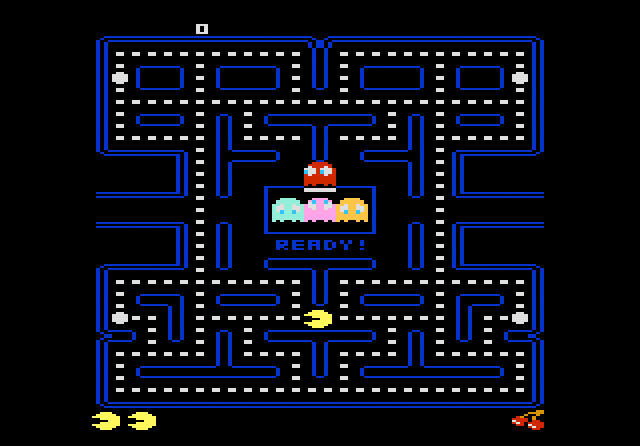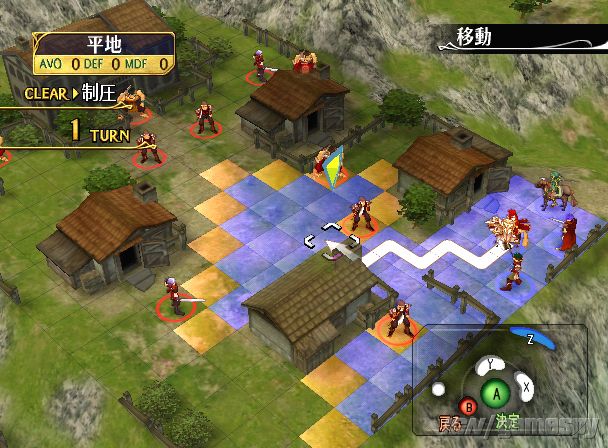As a gamer for most of my life, it comes to as no surprise that I have thought up many games that I wish that I could create. In my earlier days, I would often think about types of games based off of my favourite genres and would be nothing but a few doodles from my head.
What makes a game? A game is a set of rules that determines how the game will be played. Games back in the old days were still as much as any game of the present. Cinematics and music alone doesn’t make a game. Sure they help with immersing the player within the game world, but without it’s actually rule set and design, there is no game.
 |
| Pac Man |
 |
| F.E.A.R |
Comparing Pac Man and F.E.A.R, both completely different game genres and styles, they both have a set of rules which dictates the how the game is played.
A game designer is someone who would design the game’s rules before it is being produced.
A lead designer would be the one to ensure communication and overlook other designers. The lead designer is often the one to present the work outside of the designers and would also often be the world designer for the game.
Games mechanic designers are those who would balance out the games rules. They are also known as a system designer.
A writer would usually be hired as part time to narrate the game through just about everything such as the dialogue in the cut scene, tutorials and hints, etc. They often collaborate with the rest of the designers.
A game in the present day such as Halo 3 or Marvel VS Capcom 3 cannot be realistically made with only one person. It must have a team of designers, with someone to hold it all together for it to be created effectively.
 |
| Final Fantasy X. A very explorable game |
 |
| Fire Emblem: Path of Radiance. A very linear game. |
So do I think different game genres require different design principles? I think to a certain extent with certain genres such as and RPG and a First person shooter, the rules must be written in a different way such as the limitations of what one can do within the game and the choices they can make which can differ greatly to other kind of genres. I find that this can be applied to the same genres as well. But in the end it all still boils down into a set of rules that the game designer creates. Final Fantasu X is a game where you can 'level up' and explore many areas and can usually re explore thoes areas after you have visisted them. It gives you a chance the power you characters and find hidden treasures. In Fire Emblem, you also level up and find secrets. However in this game you are unable to revisit areas and do not have a second chance of finding secrets or explore once the stage is over. They both have a levelling up system and both are designed to be suited for their own game and works differently.
What I personally think is important when I play a game is to see how well executed the game is. There are often times when I read up on a game and it sounds brilliant, only to be disappointed with its execution.
 |
| Brink in my opinion was poorly executed |
An example recently for me would be a game called Brink. Although I still loved the game (I’m very easily amused with games with very random reasons) I found that the balance of some of the gameplay modes and the design of some maps were very unfair and poorly designed. It really broke the flow of the game and killed a lot of the fun for me and many others.
In my next blog, I’ll be talking about the art directions for games and what being an art director entails. :)
No comments:
Post a Comment